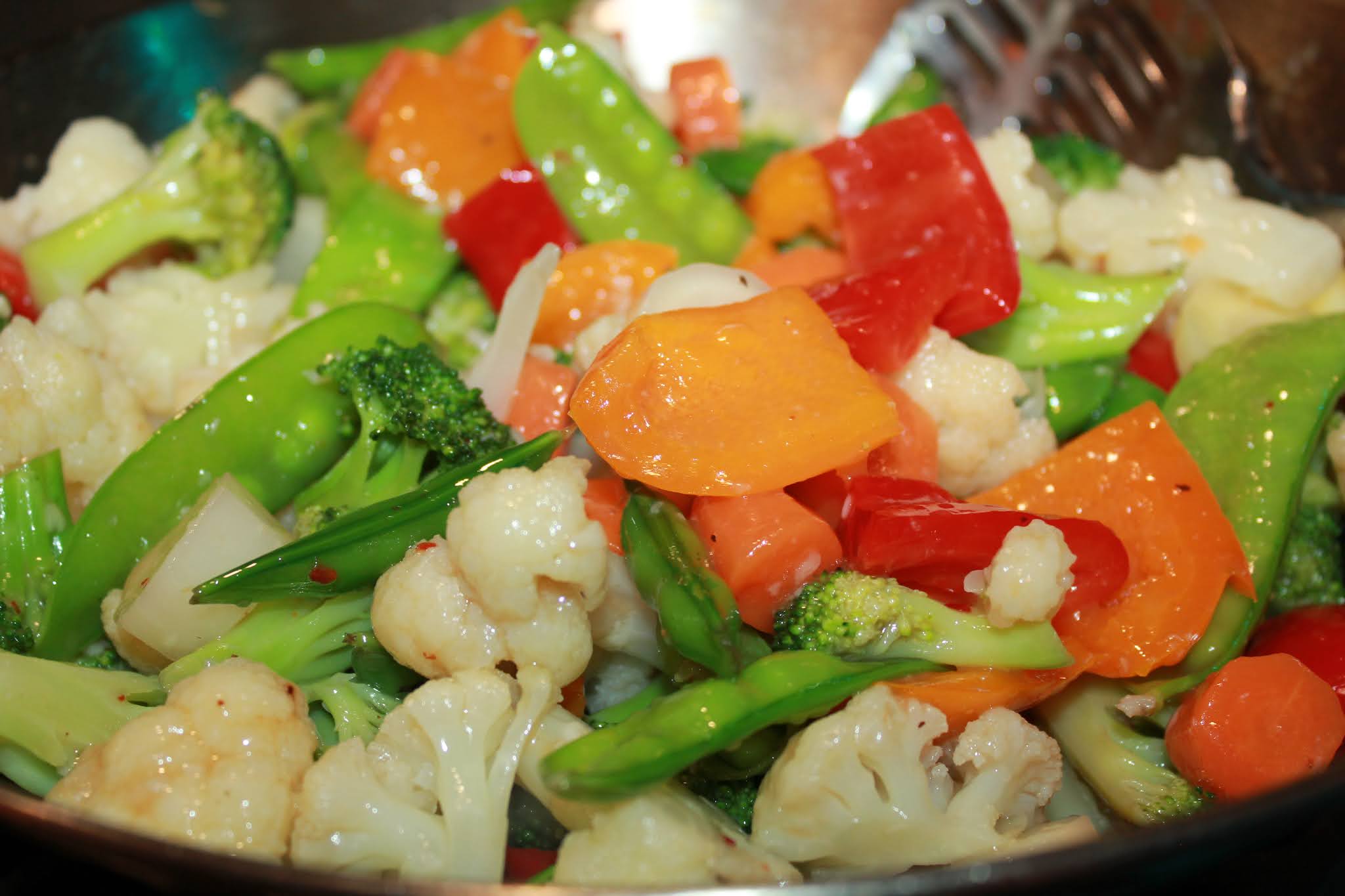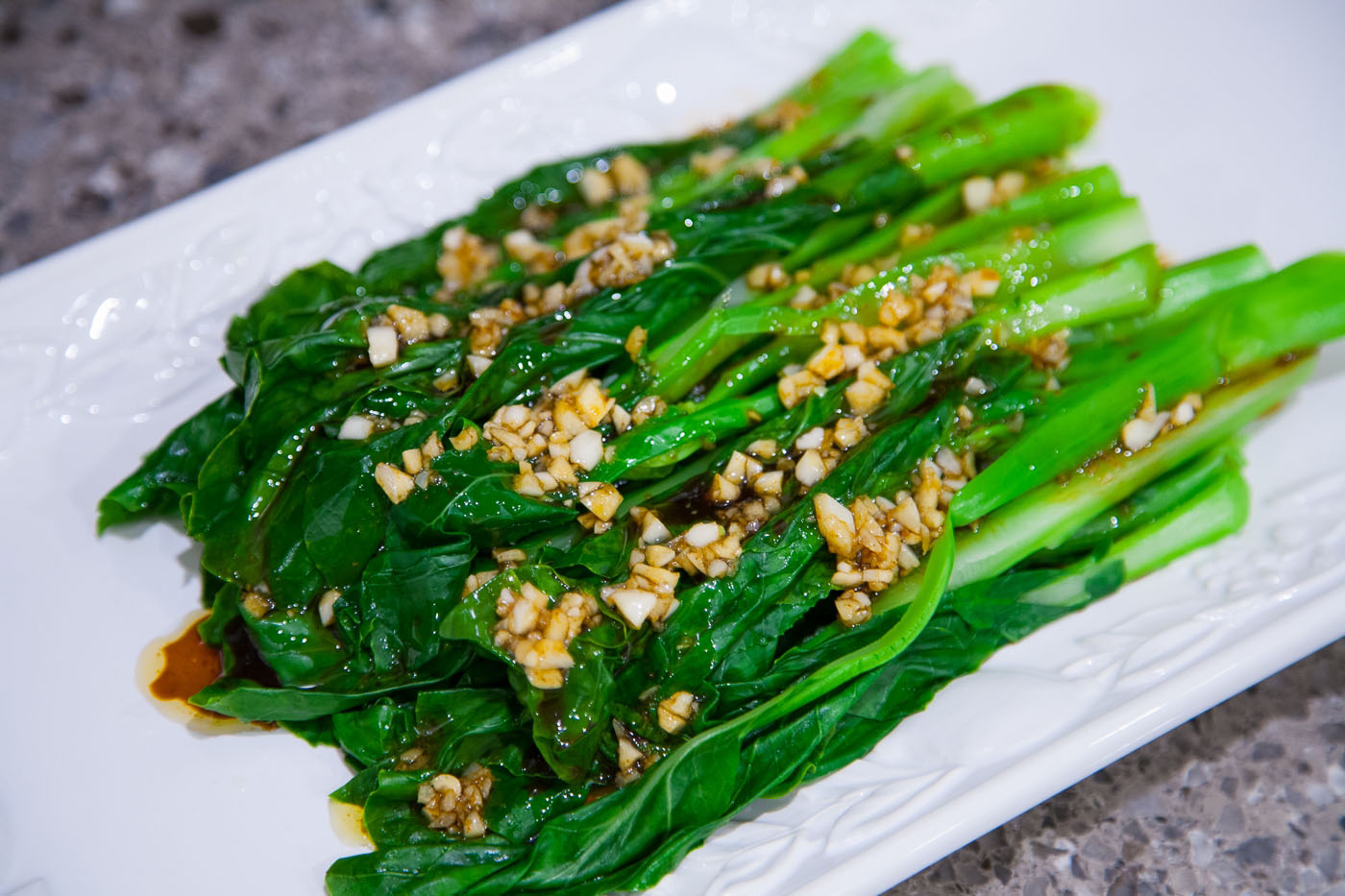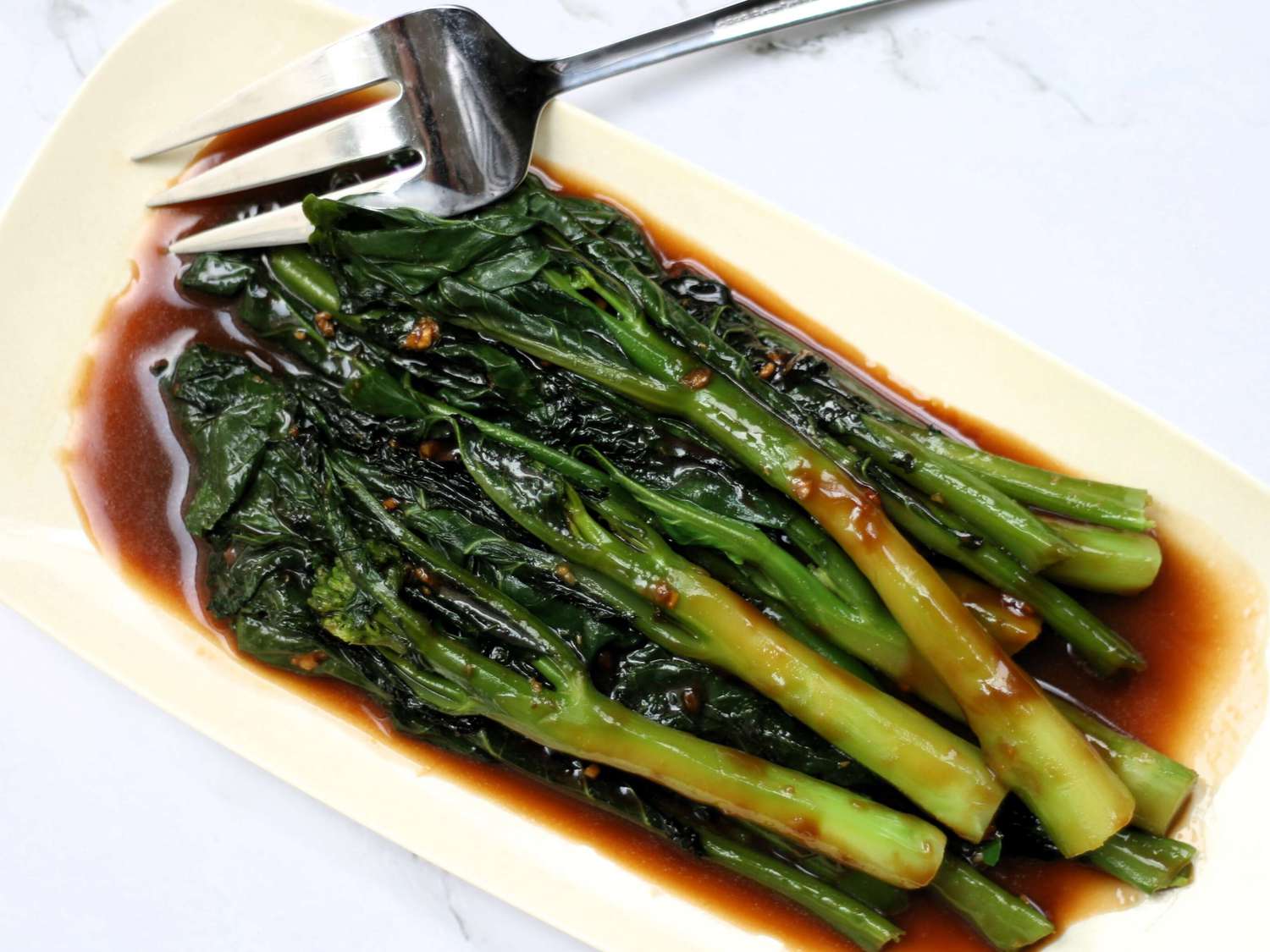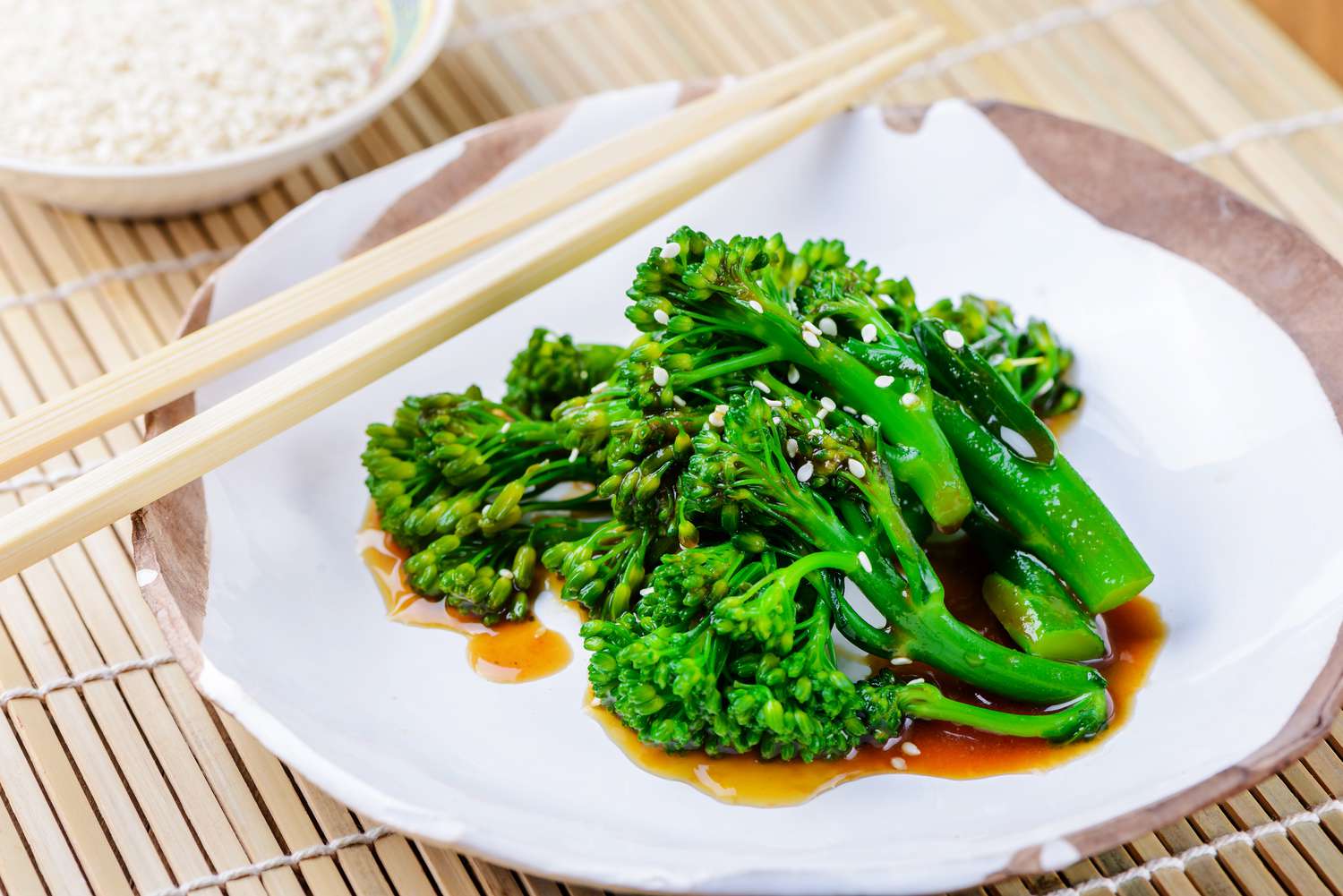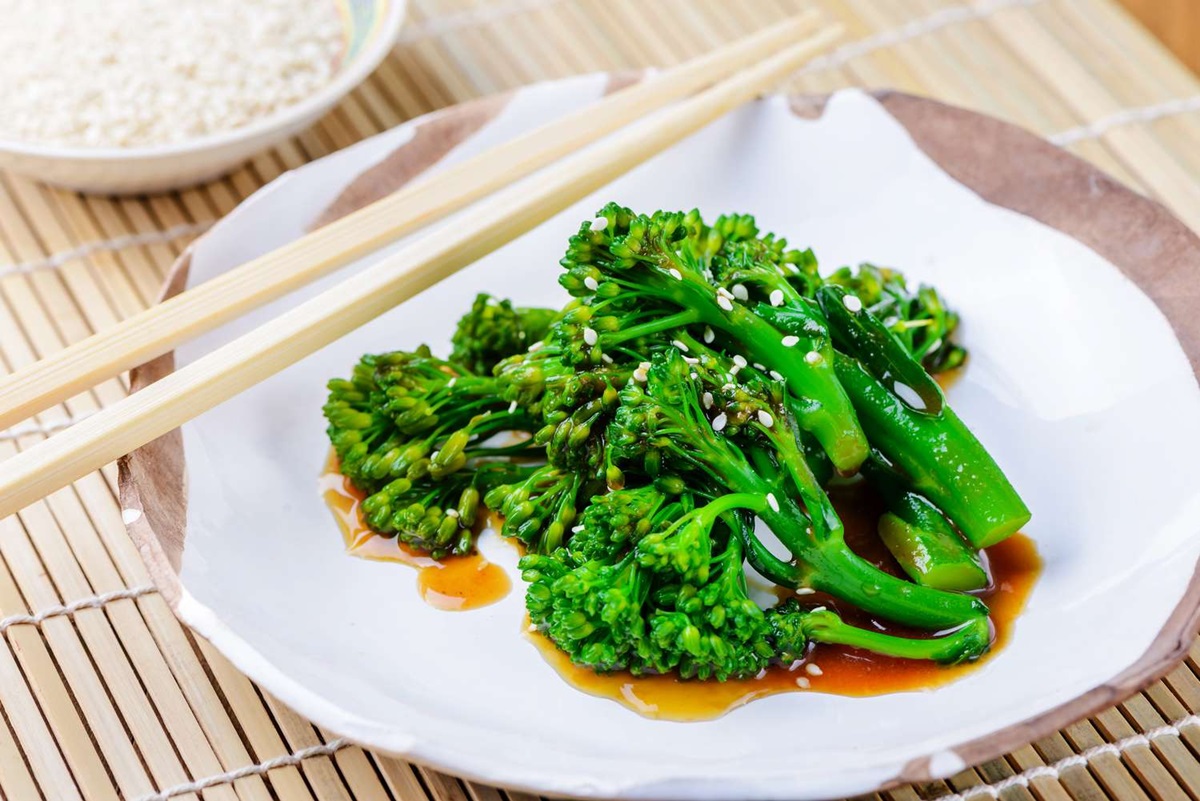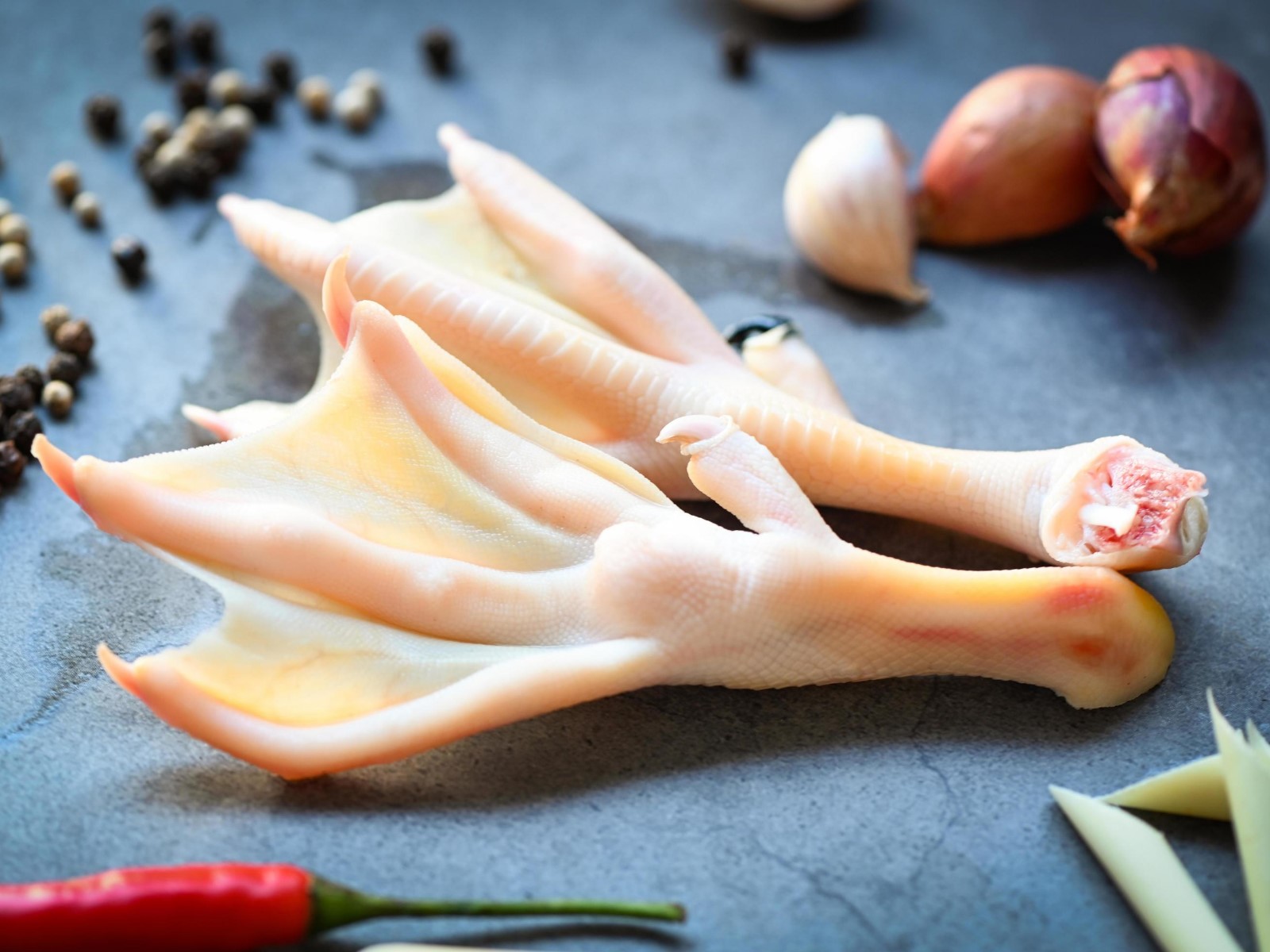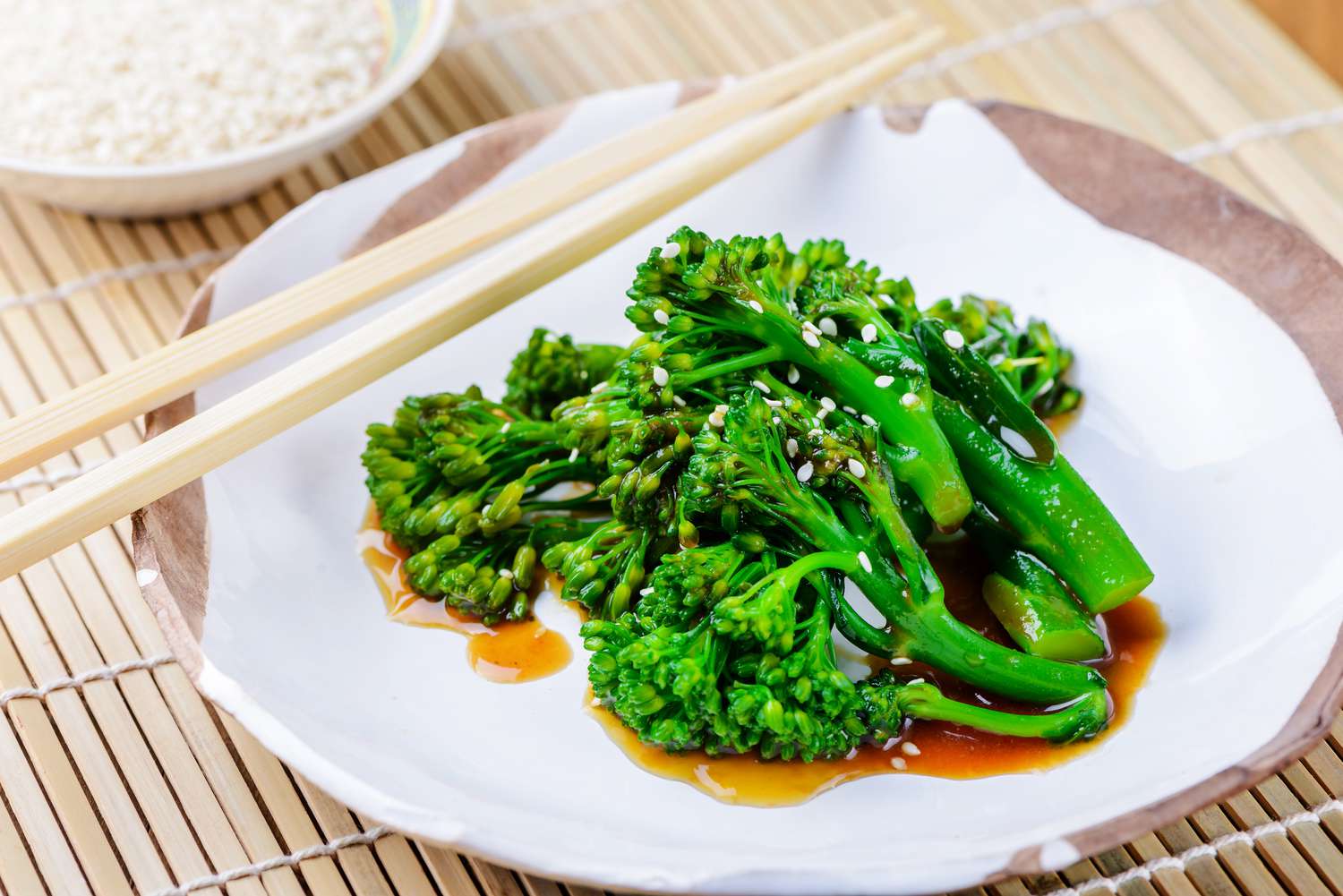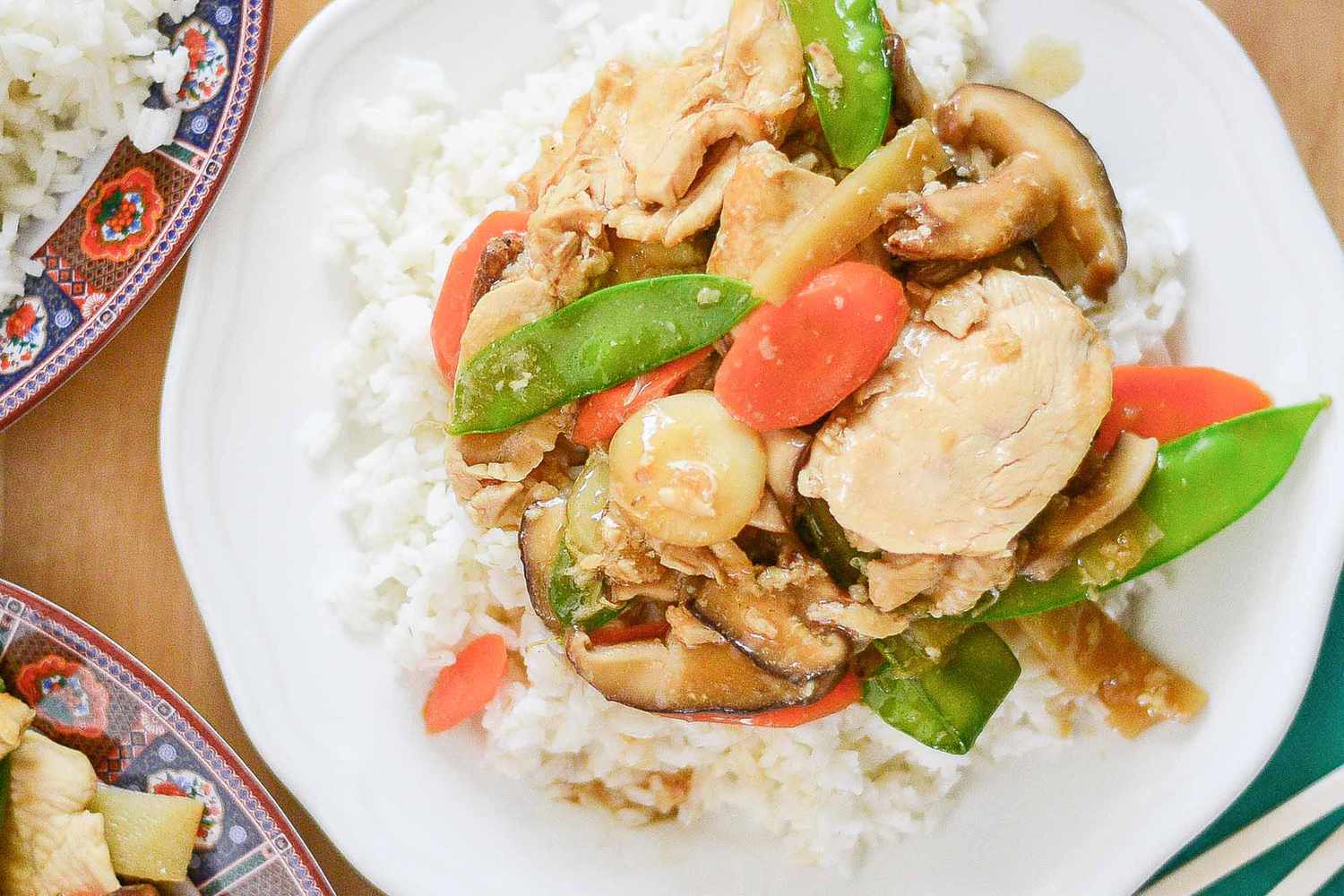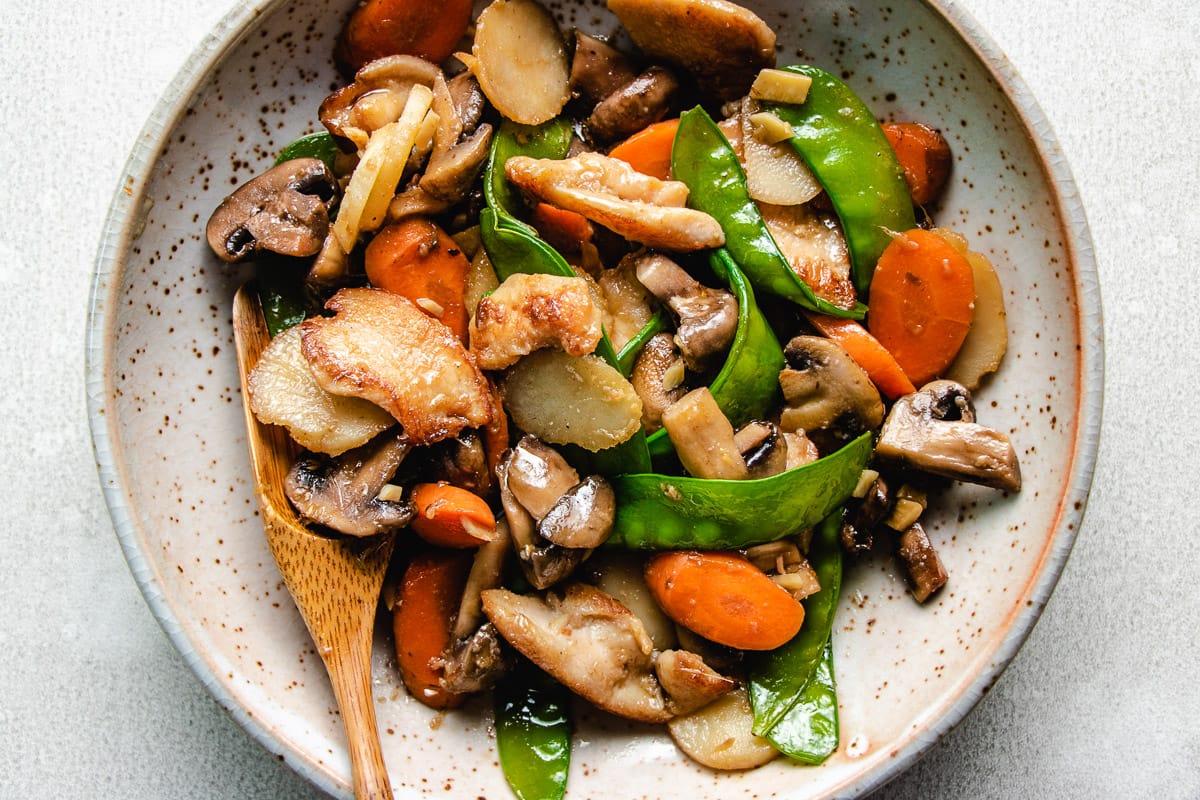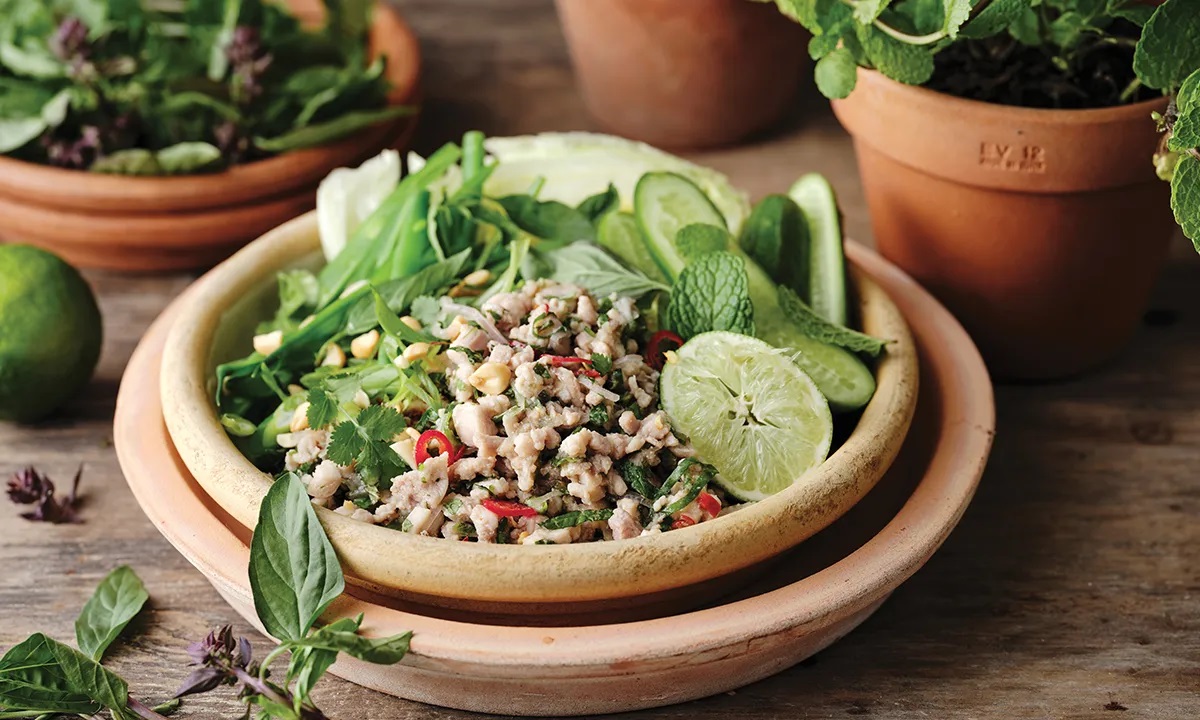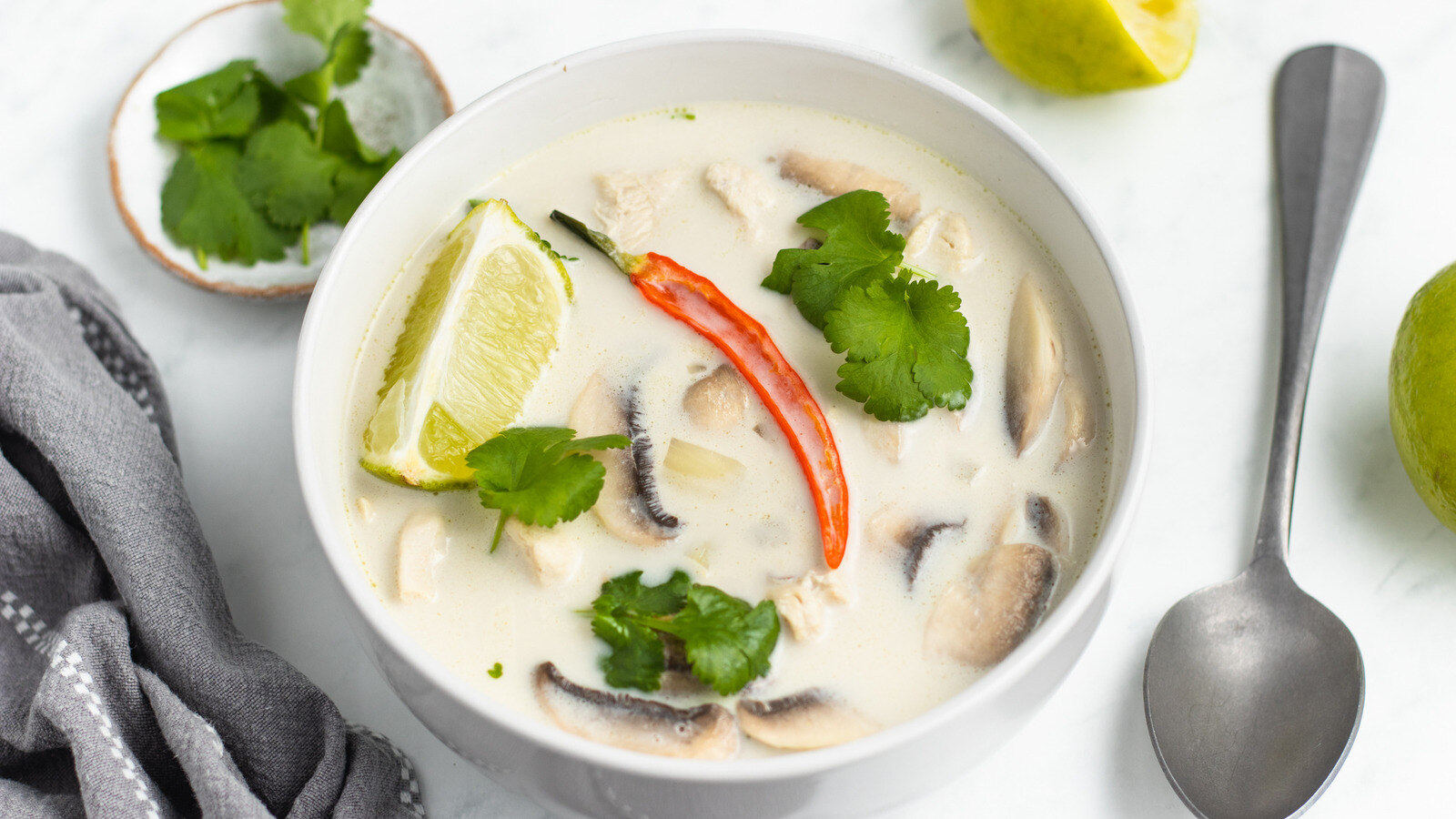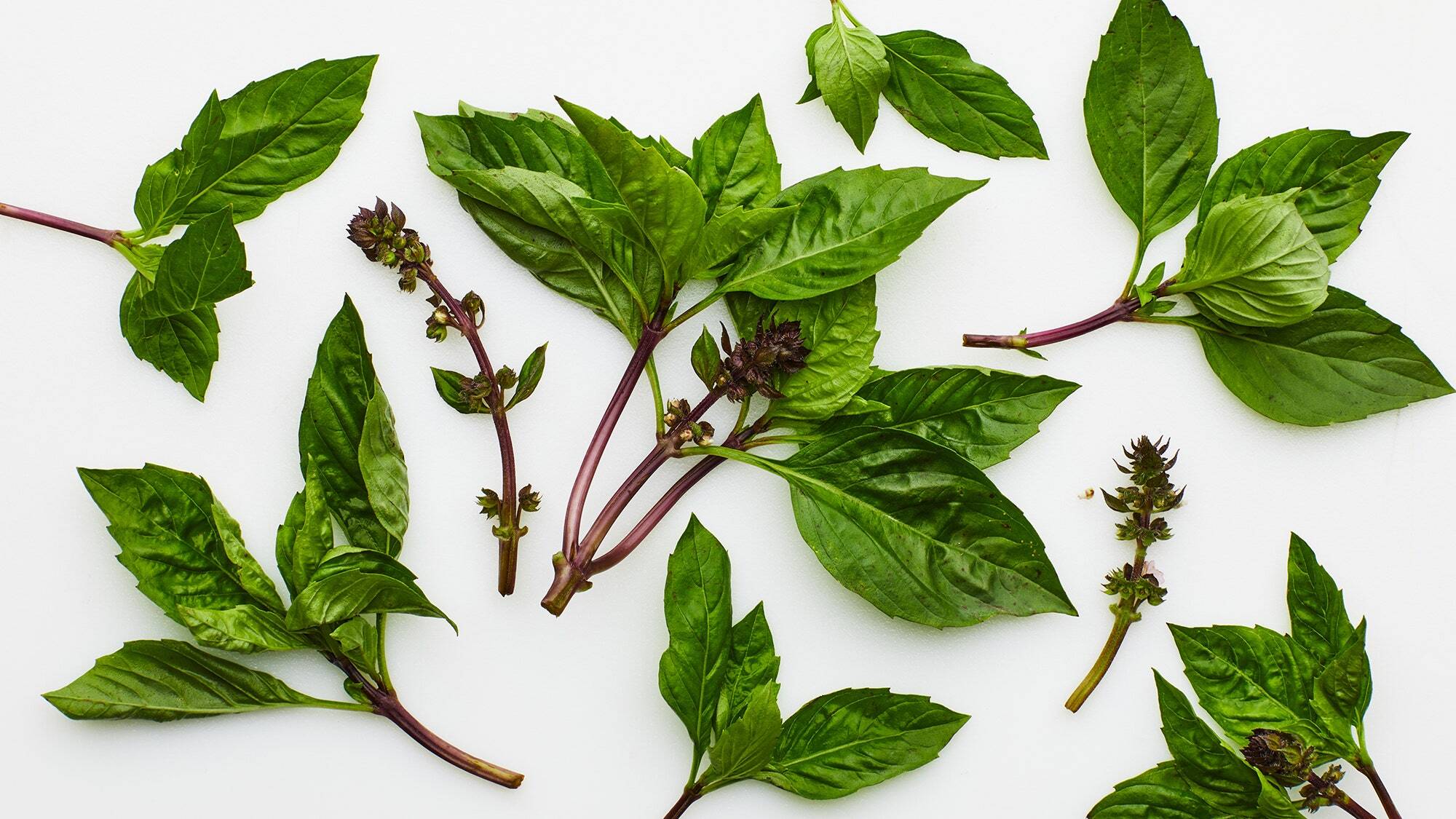Blanching Gai Lan: A Step-by-Step Guide
Welcome to our guide on blanching gai lan, also known as Chinese broccoli. Blanching is a simple and effective cooking technique that helps to preserve the vibrant green color and crisp texture of this leafy green vegetable. Whether you’re a seasoned home cook or just starting out in the kitchen, blanching gai lan is a valuable skill to have in your culinary repertoire. In this article, we’ll walk you through the process of blanching gai lan to perfection.
What You’ll Need
Before we get started, let’s gather the necessary tools and ingredients:
- A large pot
- Water
- Ice
- Salt
- Fresh gai lan
- Slotted spoon
Step 1: Prepare the Gai Lan
Start by rinsing the gai lan under cold water to remove any dirt or debris. Trim off any tough or woody ends, and cut the gai lan into manageable-sized pieces. This will ensure even cooking and make it easier to handle during the blanching process.
Step 2: Boil the Water
Fill a large pot with water and bring it to a rolling boil over high heat. Add a pinch of salt to the water to season the gai lan as it cooks.
Step 3: Blanch the Gai Lan
Once the water is boiling, carefully add the gai lan to the pot. Let it cook for about 2-3 minutes, or until the stems are tender but still slightly crisp. Keep an eye on the gai lan to prevent overcooking, as this can result in a mushy texture and loss of vibrant color.
Step 4: Shock the Gai Lan
Using a slotted spoon, quickly transfer the blanched gai lan to a bowl of ice water. This “shocks” the gai lan and stops the cooking process, preserving its bright green color and crunchiness. Let the gai lan sit in the ice water for a minute or two before removing and draining excess water.
Step 5: Serve or Store
Your blanched gai lan is now ready to be enjoyed! You can serve it as a simple side dish with a drizzle of oyster sauce or sesame oil, or incorporate it into stir-fries and noodle dishes. If you’re not serving the gai lan immediately, you can store it in the refrigerator for later use.
Benefits of Blanching Gai Lan
Blanching gai lan offers several advantages:
- Preserves the vibrant green color
- Retains the crisp texture
- Removes any bitterness
- Prevents overcooking in subsequent recipes
Now that you’ve mastered the art of blanching gai lan, you can confidently incorporate this nutritious and delicious vegetable into your cooking repertoire. Whether you’re preparing a simple weeknight meal or hosting a special gathering, blanched gai lan is sure to impress with its vibrant color and fresh flavor. Happy cooking!
